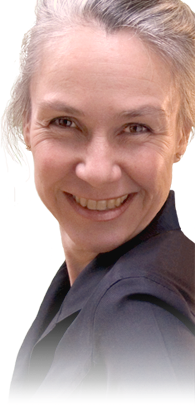


The vastness of Oriental Medicine’s perspective is difficult for the western mind to grasp. Far more than a system of diagnosis and treatment of human maladies (physical, emotional, and mental), Oriental Medicine embodies a deep and intricate comprehension of the entire sojourn of these bodies — from preceding birth, to death and beyond. All things in the physical world are finite, of course, yet the world view of Oriental Medicine appears to expand endlessly if one cares to look in its direction. So broad is this perspective that many lifetimes can be consumed in probing its nuances, before one’s gaze is eventually drawn upward to glimpse the incomprehensible, true purpose of our existence on this plane.
While most readers are likely drawn to this page in search of something more tangible in the way of relief from some form of suffering, the importance of beginning from the broadest perspective available is paramount, for the true origin and the permanent cure for our maladies neither begins with some random physical event, nor ends with physical modalities of worldly medicine. As we seek succor, our results will be more rewarding if we can maintain this vantage point.
If you leave this page with only one understanding, let it be that Oriental Medicine is, and has been for thousands of years, a highly sophisticated, coherent system of medicine — not a hodgepodge bag of “try this” folk remedies from “alternative medicine”. The difference between these realities is monumental.
So let us begin to unwrap and explore this gift from the East. The great traditions of Oriental Medicine — Chinese, Japanese, Vietnamese, Korean, Tibetan — all share common principles:
Viewing from this perspective, all the traditions of Oriental Medicine seek to heal by bringing balance and harmony to the client's life. The diagnostic techniques, as well as the treatment modalities, all achieve their remarkable effects by performing this simple task, this solitary mission. Disease cannot exist where balance dwells.
The disciplines of Oriental Medicine are myriad, and one finds each of them blending into all other aspects of oriental life and viewpoint. They all spring from the same source. Of these endless disciplines, however, the four pillars of Oriental Medicine are acupuncture, herbal medicine, diet, and spirit — not necessarily in that order.
There are plenty of good books on Oriental Medicine, but if your health is less than you’d like it to be, then reading a book on Oriental Medicine is about as fruitful and rewarding as reading a map instead of going on vacation in a foreign land.
Just do it.
If you care to explore the medicine more deeply, some of its modalities, listed below, may interest you.
2202 Menaul NE
This site is best viewed in the current version of Safari.